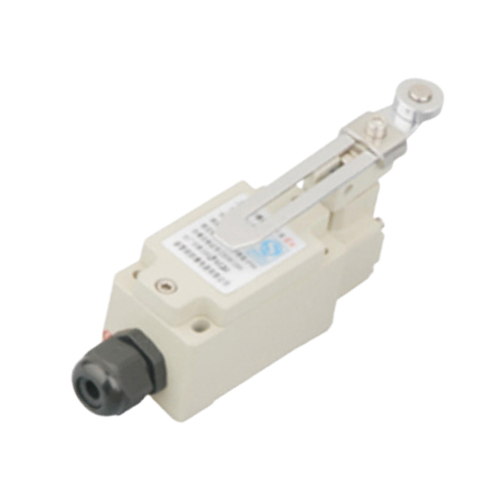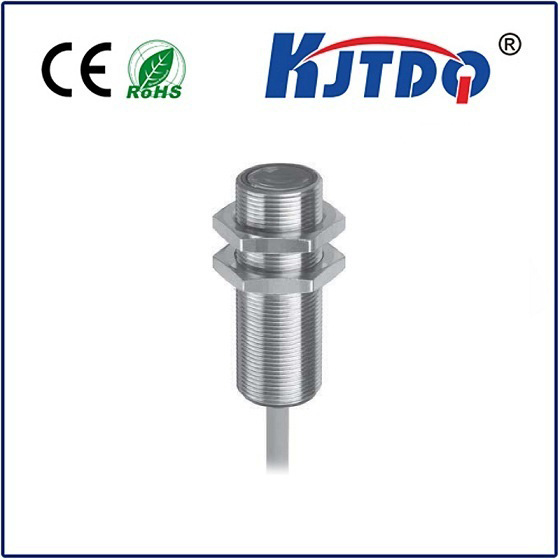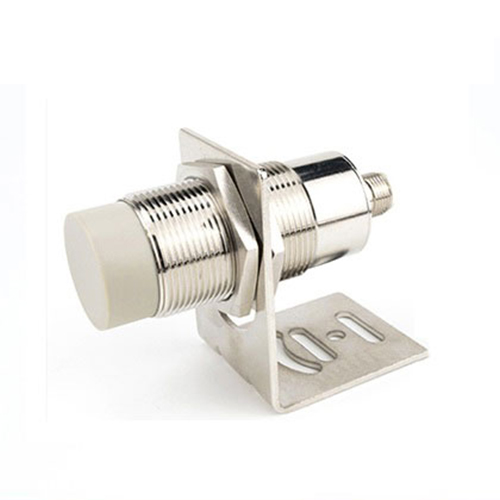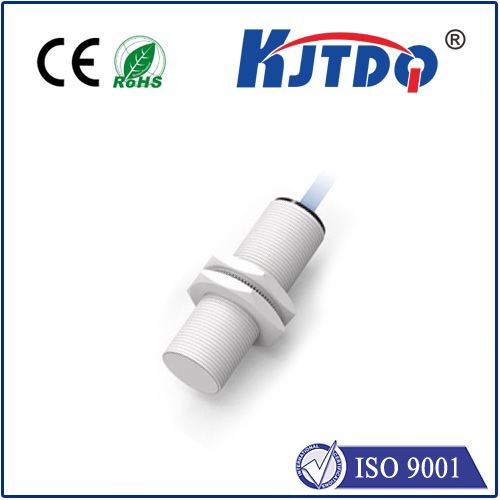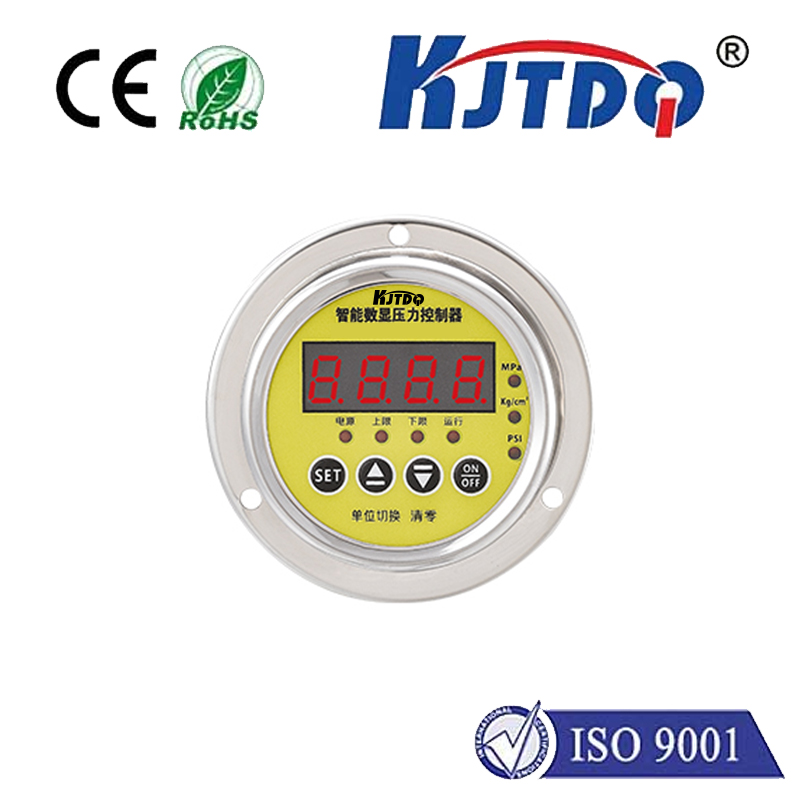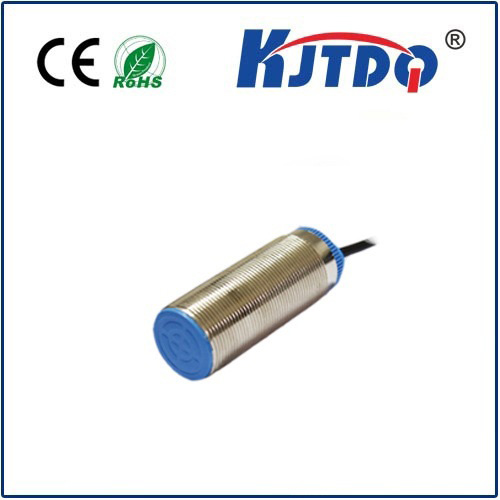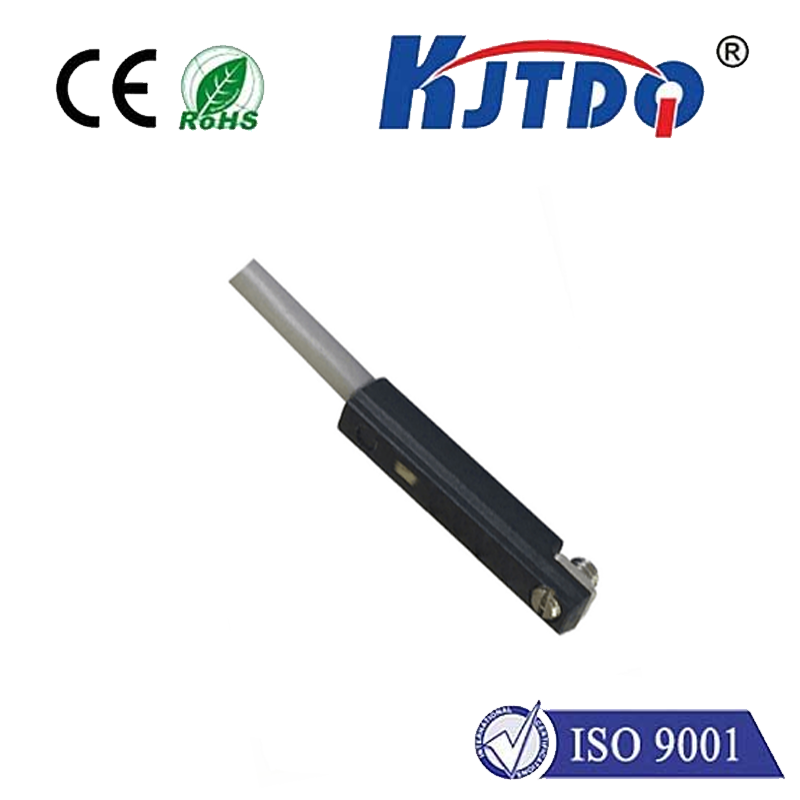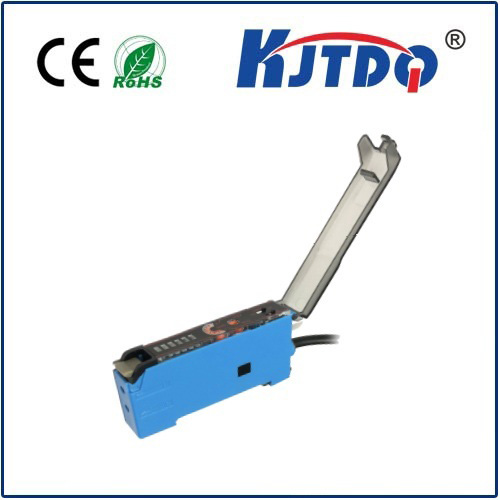Ultrasonic Proximity: Revolutionizing Distance Sensing Technology In a world where precision and efficiency are paramount, Ультразвуковая близость technology has emerged as a game-changer. From automotive safety systems to industrial automation, this innovative approach to distance sensing is transforming how we interact with machines and our environment. But what exactly is ultrasonic proximity, and why is it gaining such widespread attention? Let’s dive into the fascinating world of this cutting-edge technology.
Ultrasonic proximity sensors operate by emitting high-frequency sound waves, typically above the range of human hearing, and measuring the time it takes for these waves to bounce back after hitting an object. This principle, known as echolocation, is similar to how bats navigate in the dark. By calculating the time delay between the emitted and received sound waves, these sensors can accurately determine the distance to an object. One of the key advantages of ultrasonic proximity sensors is their ability to work in environments where other sensing technologies, such as infrared or laser, might struggle. For instance, they can function effectively in dusty, foggy, or dark conditions, making them highly versatile for a wide range of applications.
In the automotive sector, ultrasonic proximity sensors are integral to advanced driver-assistance systems (ADAS). They are commonly used in parking assistance systems, where they help drivers gauge the distance between their vehicle and nearby obstacles. Additionally, these sensors play a crucial role in collision avoidance systems, enhancing overall road safety.
Industrial environments often require precise and reliable distance measurements to ensure smooth operations. Ultrasonic proximity sensors are widely used in robotics, where they help machines navigate and interact with their surroundings. They are also employed in conveyor systems to detect the presence of objects and ensure proper spacing.

In the healthcare industry, ultrasonic proximity technology is utilized in medical devices such as ultrasound machines. These devices use ultrasonic waves to create detailed images of internal organs, aiding in diagnosis and treatment. Moreover, proximity sensors are used in equipment like automatic hand sanitizer dispensers to promote hygiene in healthcare facilities.
The integration of ultrasonic proximity sensors in consumer electronics is another exciting development. Smartphones, for example, use these sensors to detect when a user is holding the phone to their ear, automatically turning off the display to save power. Additionally, they are used in smart home devices like security systems and automatic faucets, enhancing convenience and efficiency.
High Accuracy: Ultrasonic proximity sensors provide precise distance measurements, making them ideal for applications where accuracy is critical.
Многогранный.: These sensors can operate effectively in a variety of environmental conditions, including low visibility and harsh weather.
Non-Contact Measurement: Since they do not require physical contact with the object being measured, ultrasonic proximity sensors minimize wear and tear, ensuring longevity.
Эффективность затрат: Compared to other sensing technologies, ultrasonic sensors are relatively affordable, making them accessible for a wide range of applications.
While ultrasonic proximity technology offers numerous benefits, it is not without its challenges. One limitation is the potential for interference from external noise sources, which can affect sensor accuracy. Additionally, the speed of sound varies with temperature and humidity, requiring calibration to maintain precision. However, ongoing research and development are addressing these issues. Advancements in signal processing and the integration of artificial intelligence (AI) are enhancing the performance of ultrasonic sensors. For instance, AI algorithms can filter out background noise and compensate for environmental factors, improving overall reliability. Moreover, the miniaturization of ultrasonic proximity sensors is opening up new possibilities. Smaller, more compact sensors can be integrated into a broader range of devices, from wearable technology to Internet of Things (IoT) applications. This trend is expected to drive further innovation and expand the reach of ultrasonic proximity technology.
As cities become smarter and more connected, the role of ultrasonic proximity sensors is becoming increasingly significant. In smart transportation systems, these sensors are used to monitor traffic flow and detect obstacles, contributing to safer and more efficient urban mobility. In smart buildings, they enhance energy efficiency by controlling lighting and HVAC systems based on occupancy. Furthermore, ultrasonic proximity technology is playing a crucial role in environmental monitoring. Sensors are used to measure water levels in rivers and reservoirs, providing valuable data for flood prevention and water resource management. They are also employed in air quality monitoring systems, helping cities maintain a healthy environment for their residents.
Ultrasonic proximity technology is undoubtedly reshaping the landscape of distance sensing. Its versatility, accuracy, and cost-effectiveness make it a valuable tool across various industries, from automotive to healthcare and beyond. As advancements continue to address existing challenges and expand its applications, the potential of ultrasonic proximity sensors is boundless. Whether it’s enhancing safety on the roads, improving efficiency in factories, or contributing to the development of smart cities, this technology is paving the way for a more connected and intelligent future.
